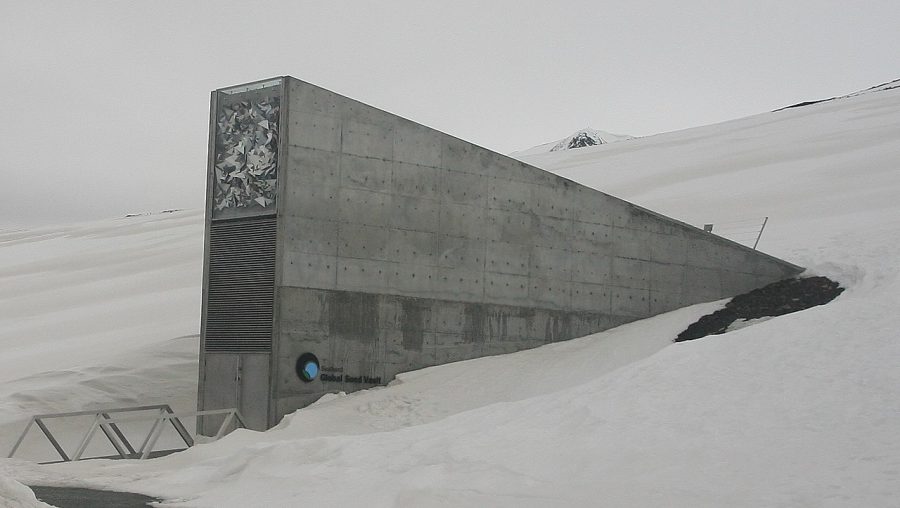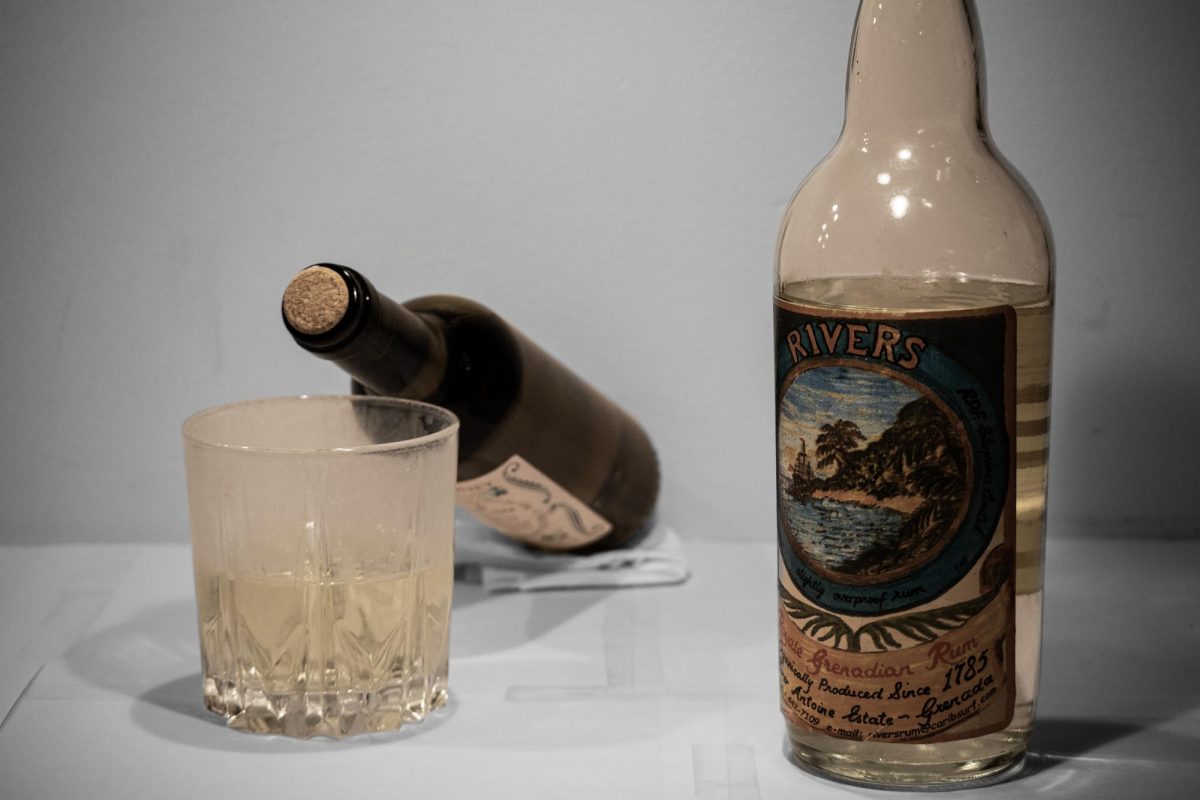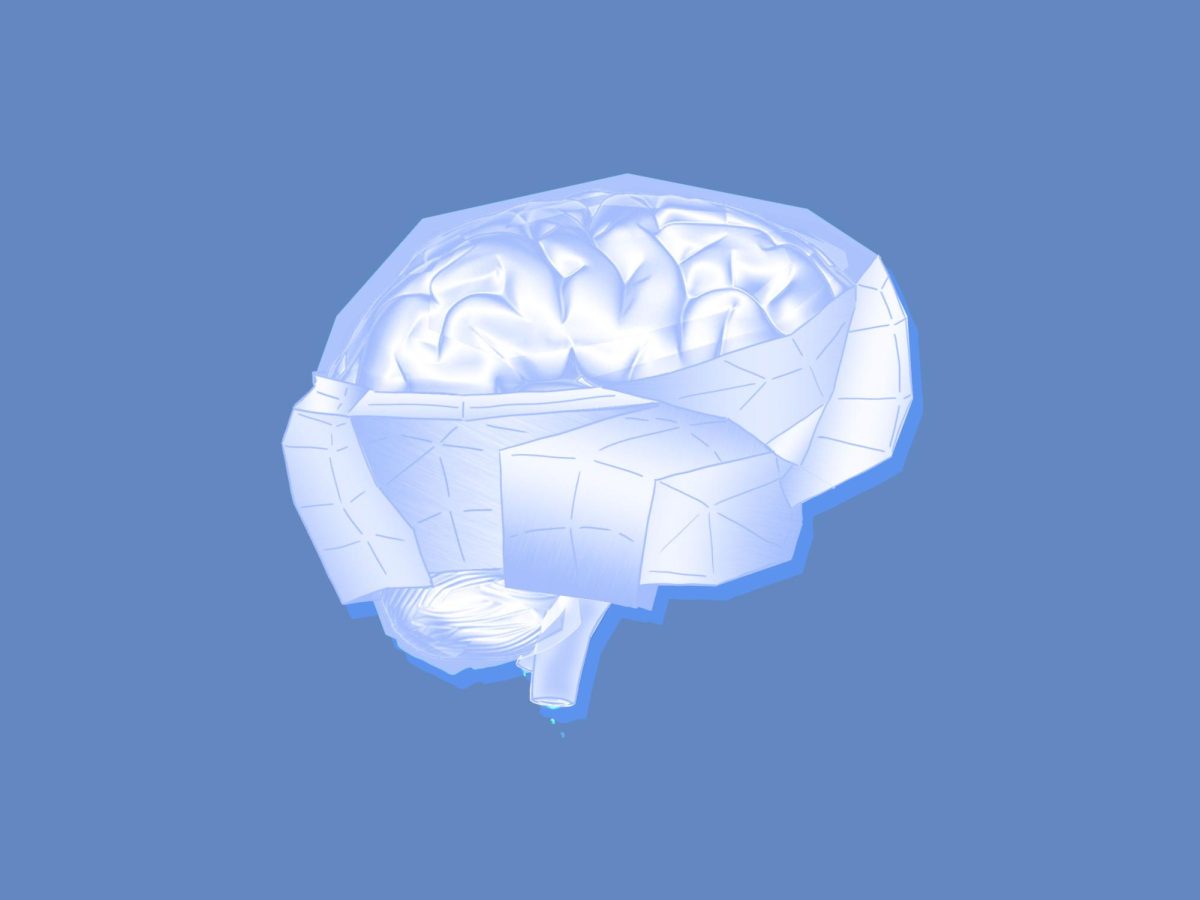Post-apocalyptic efforts are not all science fiction; the “doomsday vault” is proof of that. The Svalbard Global Seed Vault, located in the collection of Norway’s islands known as Svalbard, is a safe underground location, which holds most of the world’s seeds, according to a CNN article.
Its purpose is to keep crop diversity safe, seeds dry and provide food if any of the world’s crops were to die out or become endangered. After its institution in 2008, the vault has been successful in keeping the seeds safe.
After all, Svalbard is located 800 miles away from the North Pole, causing the weather to naturally be colder than other areas of the world.
Due to global warming, the vault has recently been attacked by heavy rain, dissolving ice and blocked entryways.
Global warming usually is tied to the melting of the ice caps of the North, but it also affects rain coverage. Global warming directly affects the water cycle, causing evaporation to occur more often and, in turn, leading to more rain, according to a site on precipitation by NASA.
This process is occurring in Svalbard increasingly more often.
Svalbard’s capital, Longyearbyen, and its inhabitants are being affected by global warming as well. Permafrost — or frozen ground — is what most of the town’s houses are built on, including the Global Seed Vault. Permafrost is quickly melting, creating soggy ground underneath households.
Residents are forced to move either entirely out of Svalbard or live with friends due to the increasing perilous weather.
Inger Hanssen-Bauer, a researcher from the Norwegian Meteorological Institute stated that “the annual mean temperature in Longyearbyen in 1900 was -7.8°C. Since then, it has risen by 3.7°C — more than three times the global average of around 1°C.” Hanssen-Bauer’s studies have given reason to claim that Svalbard is growing warmer faster than any other place in the world. Svalbard is key in demonstrating the effects of global warming.
In 2015, an avalanche struck Longyearbyen and killed a 42-year-old man and a 2-year-old girl and destroyed many homes. In 2017, another avalanche destroyed many homes, leading to the construction of 60 new apartments away from the mountainous area.
Wildlife is being affected by the increasing rain and melting permafrost as well. Deer that usually graze near Longyearbyen are often met with heavy rainfall frozen above the grass they feed on.
Polar bears usually migrate during the summertime using ice that separates from the mainland, yet ice is becoming scarcer and more unreliable as a means of transportation. As such, bears are missing their opportunity to migrate and starve.
The Svalbard Global Seed Vault has experienced troubles with its construction beginning with its entryway tunnel.
Originally made from steel, heavy rainfall would lead to water running down toward the main entrance only to freeze again. In response to this, the vault was renovated, making it a “waterproof concrete tunnel,” according to Hege Njaa Aschim, the director of communications at Statsbygg.
Permafrost has also become unreliable. Typically, when construction and drills are done, permafrost will re-freeze and solidify any gaps between the construction and the land.
However, it did not re-freeze after the construction of the Svalbard Global Seed Vault.
Global warming is not an issue to put aside to dealt with later. It is currently affecting many people’s lives and will keep endangering many communities if it is not discussed now.
The Svalbard Global Seed Vault is trying its best to keep agriculture alive in case of an emergency, but it might not be enough in the coming years if global warming is not accepted as a global threat.








